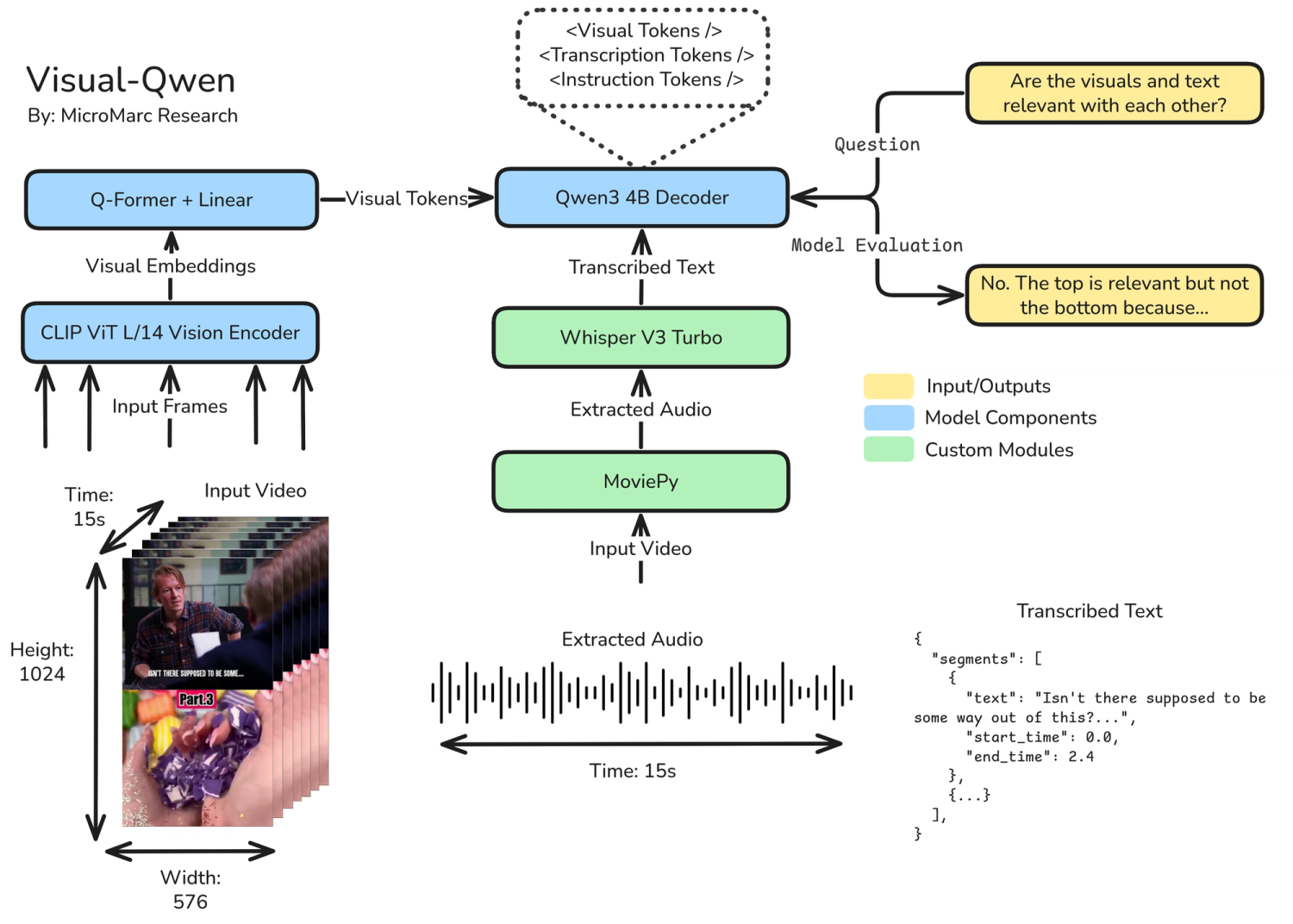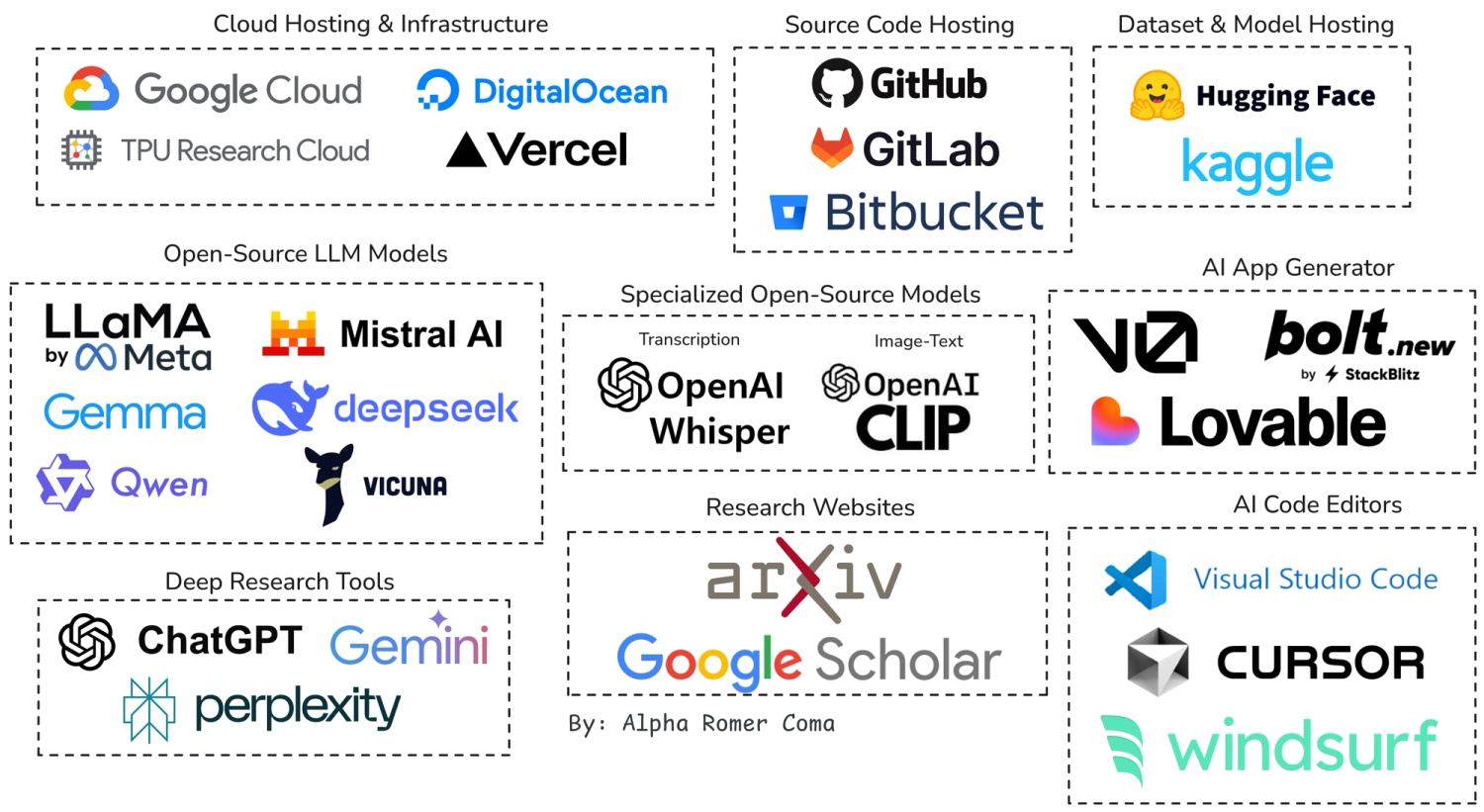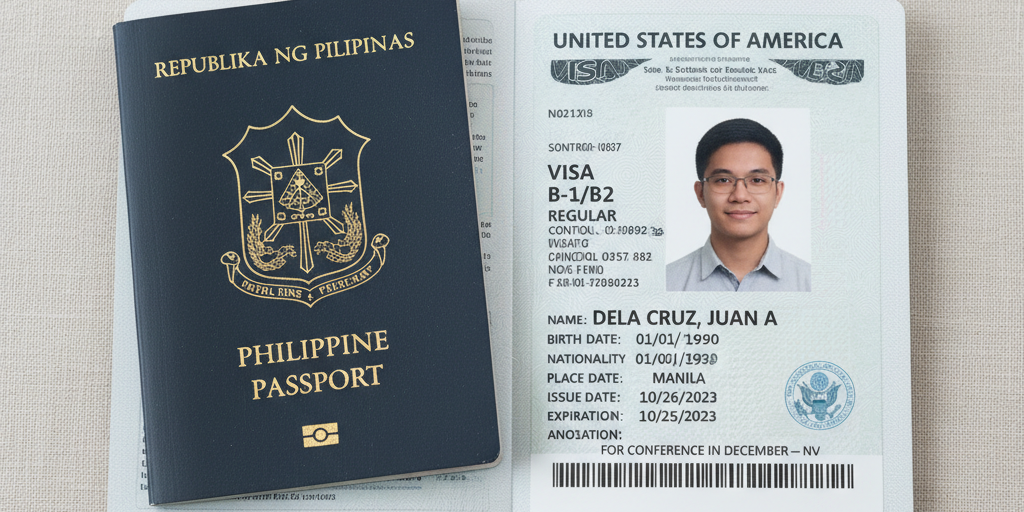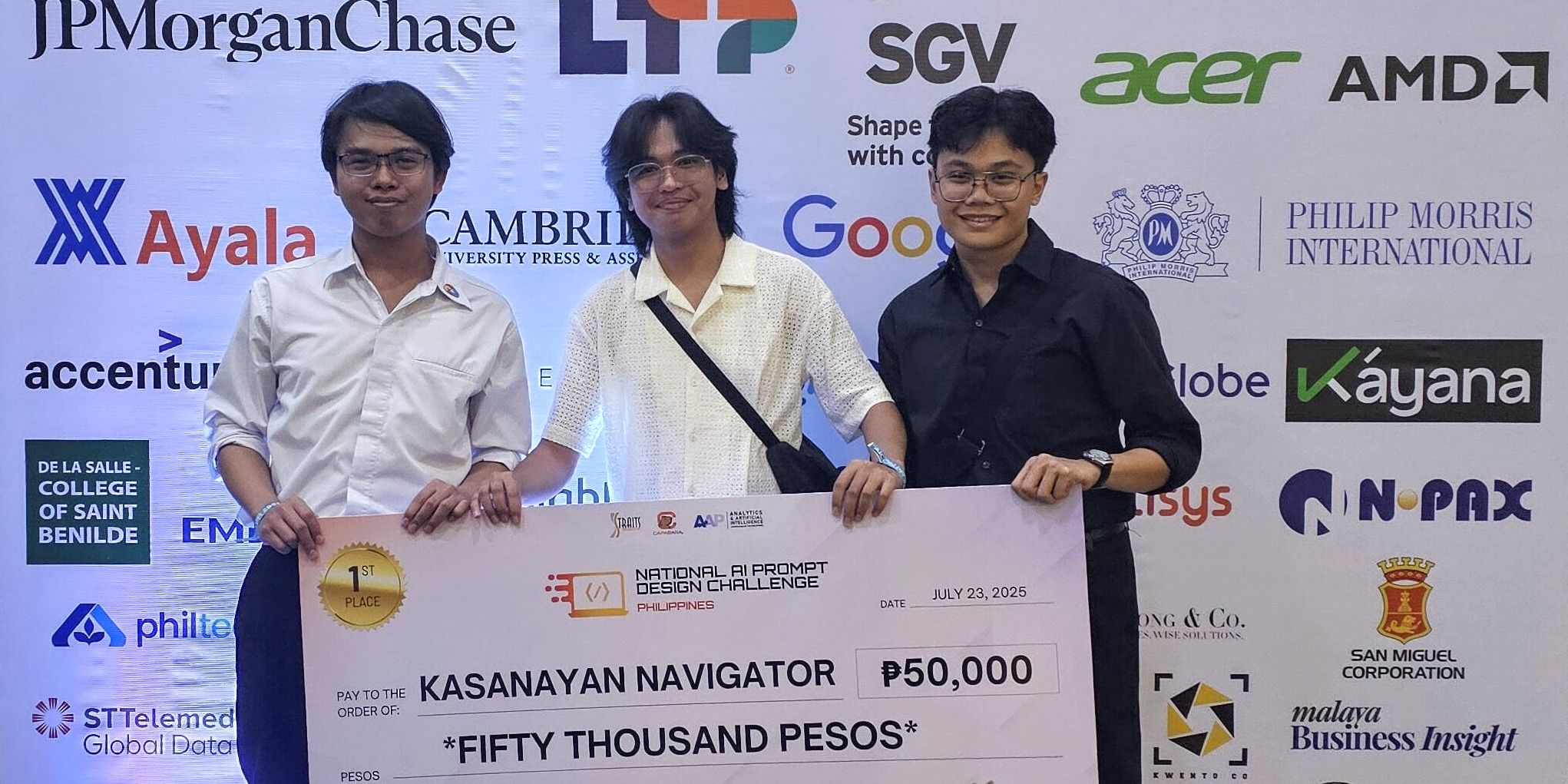Definitive Guide to Computer Science Thesis at FEU Tech

🐃To You, iTamaraw
Welcome. If you're reading this, you might be a first or second-year Computer Science Student at FEU Tech, wondering what the greatest challenge in your university studies is. No matter the specialization, it's none other than the 4-trimester thesis.
This blog covers only Thesis 1 to 3 (or the entirety of third year) and serves to guide you and your team in making informed decisions to maximize passing chances and gauge expectations/workload.
⏳Before Thesis
Find 3 great groupmates
Throughout your 2nd year, you have experienced (or will) Design Thinking and Technopreneurship. Step back and think - friendship aside, do you honestly think you synergize well with your friend group? Can each one act on their own accord? And most importantly, do they have a sense of urgency? If not, then wisely search for your thesis groupmates before the thesis begins, as you will be working with them for over a year.
Consider each other's strengths and weaknesses. Not all can be programmers, as too many cooks spoil the broth. Maybe one or two can program while the other two do research and write the paper. Then again, your roles will shift ever so often, but don't get overloaded with too much Context Switching.
Project Manager and Member
There is one leader called the project manager or PM, and 3 groupmates called members. The PM is responsible for submitting deliverables on Canvas and falls back on a member if absent. Moreover, must be present at meetings and signings, so they must be reliable.
The PM carries more responsibilities but doesn't include higher grading than the member, as it will be based individually on weekly progress reports and defence, as you'll read later.
Plan who will assume the responsibility throughout the entire thesis. Can our main developer be the project manager? Who is compassionate enough? Who lives nearest to the campus when something needs to be signed?
Professor scouting for a mentor
If you have a professor who stands out to you and is knowledgeable in the project you want to work on, try communicating your interest in advance. Of course, it's no guarantee. In fact, it's actually a competition with other thesis groups to get that mentor (They only have limited slots)

🔰Thesis #1
Thesis 1 (or SE1) is the easiest thesis course. It's fun and laidback at the start, but don't get tricked, so take advantage to get ahead, as you will be rushed at the end.
You are required to form a team of 4 with an appropriate name. The required output at the end of the term is 3 proposals to be defended to 2 internal panelists. Some professors recommend having more than three as backups. After thesis 1, the entire system must be 10 - 30% complete. Maximize breaks in enrollment to write your paper and develop your system.
Algorithm
Panelists here will be critical of your title. It must be "Computer Science" where instead of "Web-Based" or "Arduino", it must include an algorithm like "Faster R-CNN" or "A* Search". Some panelists will reject on the spot and will not allow you to present your slides if not so. You can include a bunch of algorithms, but make sure you use them and justify why.
If you worry that you still don't know the specific algorithm, my recommendation is to make your title "Computer Science-like" while still being broad, so you have some wiggle room.
An example of this would be "Augmenting MultiModal Deep Learning with Attention Mechanisms to Detect Sludge Videos from Short-Form Content". Multimodal Deep Learning tells you nothing about the specific algorithm and is enough to be considered "Computer Science".
More than the algorithm, your thesis must solve an actual problem and provide novelty. In recent years, Software Engineering Thesis has geared almost entirely towards AI. Considering there is little to no course for AI/ML at FEU Tech, critically reason if you can REALISTICALLY DELIVER. This goes for everything your group proposes.
Dataset
One very important thing to consider is whether you're training a model, do you have an existing dataset, and whether it is readily available? Some panelists dislike using datasets from Hugging Face or Kaggle, so alongside, you must gather your own through scraping or other means. This may mean you have to clean, transform, label, and store your own custom one, which will require effort.
System
In general, using the algorithm, your thesis must have an interface. You cannot just make an architecture, model, or dataset without it being accessible via the Web, Mobile, Desktop, or at least a CLI. This goes more for Software Engineering and AI specializations.
Revision
Do not forget that whatever title you propose here will be carried on to the following. If you decide to change the title in the future, however minor, you need the paper to be signed by the panelist from Thesis 1.
Redefence
If the panelists do not approve of your title in the defence, you will redefend but not fail or be dropped. But do note that the maximum grade can only be 70%. If you fail the redefence, then you can redefend again, but it might be next term. You can still enroll for Thesis 2, but you will have to double time, as you can't move forward with Thesis 2 deliverables without an approved title on Thesis 1.
Visiting University Libraries
Your course adviser may recommend going to the Thesis section on the 14th floor library at FEU Tech or those from other universities. It would be wise to visit and read through existing titles because you can't use algorithms like "YOLO v8" for 3 years since the latest one, although they slip sometimes.
Visiting other universities' libraries is something to consider. You can visit UP Diliman, UST, De La Salle, or Ateneo's library, but their thesis only goes as newer as around 2019 and are gatekeeping the latest ones to be competitive. Of course, you can still use them as a reference or source of inspiration, and it's a chance to visit their amazing campus if you haven't yet.
However, take note that:
- You can only visit on specific days
- You are required to provide a signed letter from the FEU Tech library
- You are required to pay an amount for each member to enter
If you plan to go, double-check their availability because you can't enter when it's their off day.

⚡Thesis #2
Thesis 2 or (SE2) is the second hardest, and where you build on top of the approved proposal. The output for this course is a completed Chapters 1 to 3 that will be defended to a different set of panelists than Thesis 1, but now with an external panelist. After thesis 2, the entire system must be 30 - 60% complete.
Mentor
You are required to find and sign with a professor as a mentor. You will conduct weekly progress reports that will be submitted. When searching, some professors may decline since their slots are already full or it's not their area of expertise. Your mentor can even be the panelist in your thesis 1.
Progress Report
The course adviser will distribute a format you must print out and fill in each week with a progress list with descriptions and labelled Completed or Pending. These are required to be signed by the mentor and will be graded individually as you present them weekly.
Retitle
If you and your groupmates realized that you can't realistically execute the accepted title, you must repropose and have it signed by the previous panelist. Prepare for questions and make sure your retitle is deliverable until the end, else you repeat the process.
Chapter 1
Background of the Study
The background is extensive, with citations based on academic sources. You'll explain in detail the problem you're tackling, the algorithms you will be using, and why.
Significance of the Study
You will write down who your study aims to contribute to. From Educational Platforms and Educators, to Content Moderation Systems and Social Media Platforms, to academics studying Multimodal Deep Learning, you will explain why for each.
Statement of the Problem and Objectives
No matter how complex your thesis is, you must break it down to these two, and they must be related and very specific, as if it's the question and answer, the what and how. Panelists will concentrate heavily on this and try to break these by finding any inconsistencies. It is generally suggested you have about 3 or more of each, again, very specific and accurate in wording.
Scope and Limitations
On paper, you should do this in paragraph form, but on slides, you can break them down into bullet points.
Theoretical Framework

Here, you must include and discuss the models or components your thesis will use and why. This is separate from the methodology, where you assemble these step-by-step.
Conceptual Framework

The conceptual framework must be made up of a simple IPO diagram, showing the inputs, process, and output. Following the diagram is the word-form of it, since some prefer to read rather than look at the visualizations.
Definition of Terms
A page or two of specific or technical words with definitions mentioned in your thesis.
Chapter 2
You are required to have 20 total RRL and RRS of local and foreign. There is no defined ratio overall, but lean towards local RRS and then foreign. If you have more references on a specific topic, then you may add more to satisfy the requirement, but still have some for others. Always put the sources in APA style in the bibliography section at the bottom of the paper.
Chapter 3
Your group has free rein on what you put in your methodology, but the following are required in practice:
- Type of Research
- Use Case Diagram
- Activity Diagram
- Methods for Developing Software (Agile, Waterfall, Hybrid, etc.)
- ISO Standards
Some optional sections are:
- System Architecture
- Tech Stack
- Software & Hardware Specifications
Your methodology must be specific to your thesis, and write the necessary sections completely. For AI and Data, some of which may be:
- Model Training
- Data Split (80/10/10, stratified k-fold cross validation)
- Overfitting Prevention (Early Stopping, Hold-Out, Augmentation)
- Hyperparameter Tuning (epochs, batch size, etc.)
- Evaluation Metrics (Accuracy, Precision, Recall, F1-Score, etc.)
- Ethical Scraping
- Data Scraping
- Data Visualization
- Input Validation
- Static/Unit/Integration/E2E Test (Testing Trophy)
- Inference Pipeline
Note: You will not put any citations in the methodology as compared to Chapter 1
2nd Defence
As said, the 2nd defence will be presented online for 1 hour to a different set of panelists, now with one external. The panelist will review your paper and presentation in advance and critique. It's a gacha - some are more lenient than others.
There will only be 5 outcomes here.
- PASS (w/o revision) - minimal formatting; no change needed
- PASS (w/ minor revision) - slightly inconsistent sections
- PASS (w/ major revision) - many missing or inconsistent sections
- REDEFENCE - highly inconsistent sections; system threw an error during the demo
- RETITLE - infeasible thesis (not enough time, no dataset, no respondents)

⚔️Thesis #3
Thesis 3 is the hardest of all as it's the development stage. You will build on top of Chapters 1 to 3 and complete Chapters 4 to 6. You can still rewrite the previous chapters. After thesis 3, the entire system must be 80-90% complete.
Switching Groups
Under circumstances like group conflict, where you all decide to be broken up, you are each allowed to switch to other groups of your choice, if the receiving group accepts. However, panelists may take notice and expect more given the extra manpower.
Chapter 4
Respondents
Respondents can range from as few as 25 to above 50, depending on what the panelist requires. It can be composed of specific respondents like Content Creators or Moderators, but most importantly, domain experts like civil engineers or ML experts.
Clearly define what constitutes/define your respondents before handing out forms (physical or digital) - you will be questioned on this. Provide pictures or screenshots of interviews for documentation. For domain experts, you are required to get their signatures and/or resumes.
ISO Standard
In the forms, you might be required to abide by and incorporate various ISO standards, such as ISO/IEC TR 24028 - Technology Acceptance Model (TAM) or Subject Matter Expert (SME). There is a specific set of questions for each in hand with the Likert Scale.
Model Performance Metrics
This is applicable if your thesis is in AI. In chapter 3, you discuss the meaning of each metric, such as accuracy or F1-score, but here, you show the results along with the confusion matrix for the classification task. If you're in LLMs, you might need to track ROUGE, METEOR, BLEU, and/or Perplexity metrics.
Chapter 5
Conclusion
This can be a page or two in paragraph form that discusses addressing the statement of the problem through the objectives, and where you show your findings (e.g., respondent evaluation, model metrics)
Chapter 6
Recommendation
In a separate paragraph form with a header for each, write your recommendations and discuss why.
Preliminary and end sections
Don't forget these sections when finalizing your paper
- Approval and Acceptance
- Acknowledgements
- Table of Contents
- List of Tables
- List of Figures
- Abstract
- Bibliography
- Appendices
Mock Defence
Before the 3rd defence, your group and your mentor are required to schedule and conduct a mock defence around a month before. Take this chance to present your findings and take it seriously.
3rd Defence
With the same external panelist as Thesis 2, you will defend your paper and system. You will provide the 3 panelists each with a copy of your paper, as well as food and drinks, so budget accordingly.
The defence will be held in person and will last 1 hour. You have 20 minutes to present everything from Chapters 1 to 6 with a demo. Panelists sometimes skip parts, like Chapters 2 and 3. Nevertheless, it must be on the slides.
Depending on the external panelist's availability, your defence day may be set early or late, and may be moved. Expect the unexpected - there were defences that were moved one month earlier after the initial schedule, causing the groups to panic and some to fail.
Dress formally here, with the minimum being a long-sleeved shirt. If one of your groupmates fails to show up, you can continue the presentation, but they will get an instant zero.
Like thesis 2, there are 5 outcomes with an additional one:
- FAIL - purely incomplete thesis; system didn't work during the demo
Be careful of last-minute changes, always inform your groupmates, and be ready for any questions from the panelist. Some questions are:
- Why did you use algorithm/model X, and where is it cited in your paper?
- What are the techniques you implemented to prevent model overfitting?
- What if I entered input X and Y? Can it process without breaking?
Dropping
After the defence, many groups who failed choose to drop the course and retake it next term. This prevents their record from having a failed subject, but instead voluntarily dropped, which professors say looks better on paper.
Out of the 67 groups that passed thesis 2 in 2025, around 16 or 25% of them dropped out. As gathered from professors, less than 50% of groups passed on the first Thesis 3 defence with or without revisions.
Not Enrolling
Alternatively, groups who are not confident in their thesis and system to be completed in time for Thesis 3's defence choose not to enroll, buying them time to develop the system.
In either case of failing, dropping out, or not enrolling, if you are a scholar, this means ceasing your scholarship to proceed in the following year. Heartbreaking to some, for you, your groupmates, and former classmates.
During Defence
- Each of your groupmates should be able to explain each section and specific parts of your thesis, even without others' help
- Only answer what the panelists ask. Don't dig a hole for yourself
- Keep a positive attitude. Don't retort to the panelist
- Always cite Fig# and Table# when explaining
In The Use of AI
There is no hard rule yet prohibiting AI (Generative AI) from doing your thesis. But never forget that by design, they are non-deterministic, meaning they are prone to hallucinations and providing inaccurate or false data, just as we as humans. Make sure to ethically use them, may it be for rewriting, researching, or developing.
Never make it so that the blind lead the blind, lest you regret in the end.
After Thesis
Congratulations! You've made it to the end and can now proceed to internships. After everything is done, a recommendation from my wise professor, now at Samsung Electronics, was to leave behind any bitter emotions towards your groupmates.
They might not have been responsive at times, missed some assignments, or ditched you in the most critical times, but the important thing is that you all made it to the end, changed, yet wiser.
Hopefully, you've acquired new skills such as front-end and back-end development, data engineering, architecture design, project management, and AI/ML engineering. This will serve as your calluses as you get hired at an internship and work in the industry, especially at a startup.
💰Grants & 📝 Publications
Most unfortunately, grants from Google, AWS, Microsoft, Meta, and big companies require researchers to be professors in a PhD-granting university, excluding undergraduates.
Even so, communicate with your professors to have your thesis published on international research giants such as ACM and IEEE, but with certain format changes to fit the format. This will significantly boost your resume, chances of employment, and your image in the global computing stage.
Moreover, you use your thesis to apply to present at conferences and compete in competitions. Share your thesis with the world on LinkedIn.
📚Recommendations

- Always manage your source code with GitHub, GitLab, or BitBucket not to lose progress
- Publish on Hugging Face or Kaggle to host models or datasets
- Use Kaggle and/or Google Colab for free access to GPUs in training models
- Ethically research using ChatGPT, Gemini, or Perplexity Deep Research
- Search for relevant studies on Arxiv and Google Scholar
- Use Excalidraw or Lucidchart when drawing diagrams
- Redeem the GitHub Student Developer Pack to receive industry resources
- If you are developing a Mobile or Desktop Application, consider using PWA/TWAs, where you can program in web technologies like React/NextJS and have it deployed on various platforms
- If you're developing any front-end web application or interface, consider using Vercel's v0, bolt.new, Lovable, or AI app gen platform
- Use AI code editors like VS Code with GitHub Copilot, Cursor, or Windsurf to reduce development time
- If you're developing software, require extensive training, or storage, apply to Google Cloud for free $300 credits or Digital Ocean for $200 credits. Both options require you to enter a debit or credit card. Communicate with your teammates to share and rotate accounts with credits for greater access
- If you require powerful training with millions of data points, apply to Google Cloud's TPU Research Cloud to easily receive grants of more than 20 million pesos in cloud compute
- If you're deploying models, make use of Google Cloud Run functions with GPUs or Hugging Face Spaces to save money
- If you're deploying a static front-end, easily use GitHub Pages or Vercel for dynamic
- Never forget to turn off or delete unused resources from any cloud to not get charged
- If you plan to do transfer learning or leverage pre-trained models, use open-source models like CLIP, Whisper, LLAMA, Qwen, Vicuna, etc, using Hugging Face's Transformer package
- Request local information for your dataset at Freedom of Information Philippines
🤝Acknowledgements

This blog post was made after passing Thesis 3 (without revisions), thanks to my group mates:
- Kristoffer Ian Sioson
- Job Isaac Ong
- Marc Olata
But most of all, our mentor, Sir. Justine Jude Pura. With our thesis of "Augmenting MultiModal Deep Learning with Attention Mechanisms to Recognize Sludge Videos from Short Form Content", we managed to deliver:
- A 2000 human-model-annotated dataset of short-form videos of sludge and non-sludge content validated by data experts
- An innovative multimodal architecture that leverages attention mechanisms and integrates video and textual features
- A pre-trained Vision-Language Model (Visual-Qwen) that can be fine-tuned on various datasets
- A fine-tuned model (Sludge-Qwen) for detecting sludge and non-sludge content from short-form videos
- A study tackling a modern global digital problem with High Acceptance from the target audience and experts
- A pioneering TPU training methodology at FEU Institute of Technology
It has been a long and arduous journey, full of ups and downs, hope and despair. But this is not yet the end, as we present to the public our findings and innovations in Thesis 4.
I'm Alpha Romer Coma, an FEU Tech CS Thesis Survivor, and you will be too 🫵🚀

